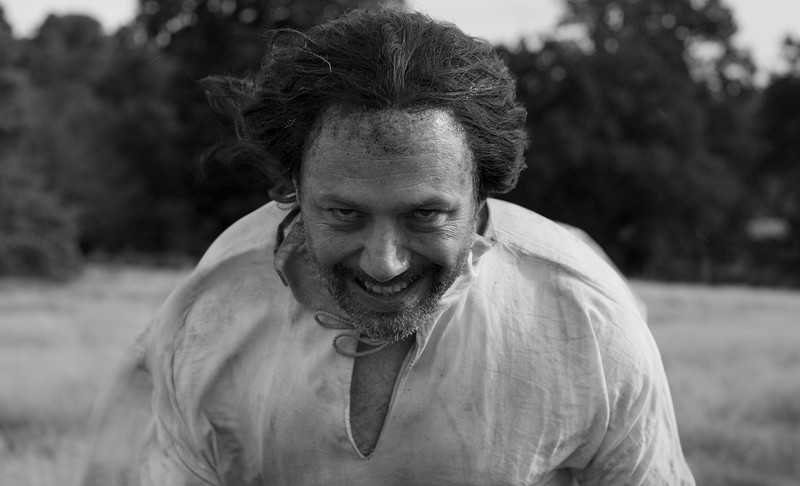
Remember the year 2019? Drake’s song, “Kiki, Do You Love Me,” although released a year prior, was still a bop. The entire planet Earth became enamored with Earth’s mightiest heroes through the blockbuster hit “Avengers: Endgame.” It was an innocent world without the coronavirus, without endless amounts of masks and social isolation.
In the last glimmers of 2019, American Director and Writer Robert Eggers and his creative team released a weird little horror flick that broke the world: “The Lighthouse.” Starring Robert Pattinson and Willem Dafoe, who both gave what probably were the best performances of that entire year, “The Lighthouse” blew audience minds with quirky, yet stimulating scenes of mermaid genitals and dark, windy beaches. Sadly, it didn’t seem many critics took notice of “The Lighthouse,” or any critics that mattered anyway, as it didn’t win any major accolades. But among its audience of Letterboxd users, basement dwelling film geeks, self righteous hipsters, annoying twitter users, pretentious teenagers, Twilight fans, and perverts, it was well loved. This list is for the motley crew that loved “The Lighthouse.” Here’s to those fools who dream.
Welcome to these cinematic worlds populated by black and white and loneliness.
1. Hour of the Wolf (Ingmar Bergman, 1968)
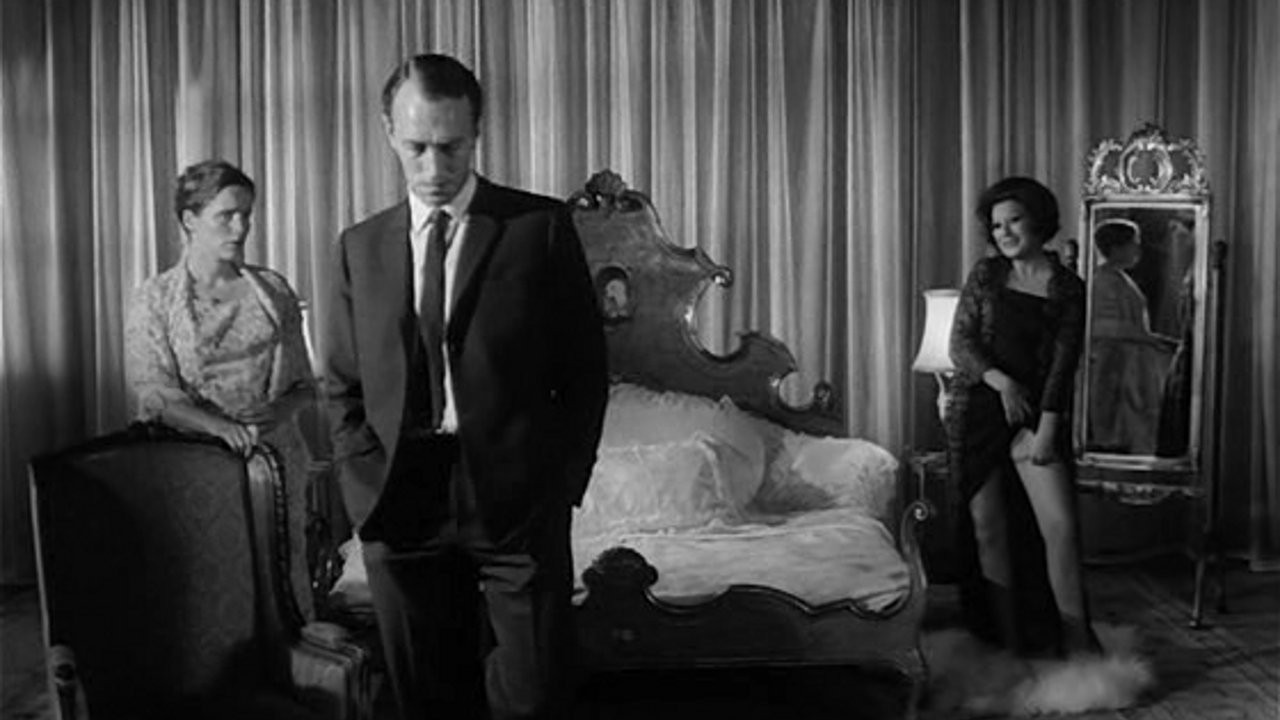
“Hour of the Wolf ” follows a married couple as they vacation on an isolated island cottage. Johan Borg (Max Von Syndow) is a super serious artist genius who suffers from nightmares and insomnia. His wife, Alma, loves to clean the house and listen to her husband’s long, solemn monologues. Alone with each other all the time, the couple’s marriage is strained, and Johan Borg starts to constantly hallucinate. Are his nightmares becoming a reality?
A top notch exercise in creating a horrific and mind boggling atmosphere, “Hour of the Wolf” is a masterclass in tropical gothic horror. Dreamy and driven by the subconscious, this 1968 film dreams up scenes that haunt the soul forever. Johan Borg’s hallucinations feel rawer and realer than Robert Pattinson’s ever will. An especially disturbing scene of a child attacking Borg traps a nightmare in the viewer’s soul.
Perhaps the film that influenced “Lighthouse” the most (besides Ingmar Bergman’s Persona, and Through A Glass Darkly), “Hour of the Wolf” is another flawless diamond in the illustrious Swedish director’s career. Robert Eggers said (quite snootily) in an interview with Rotten Tomatoes, “Bergman’s my favourite filmmaker, if I had to choose.” You can definitely tell in Eggers’ two big A24 hits so far. Except Robert Eggers is nowhere as cool as Ingmar Bergman, and never will be, and Eggers himself would probably agree. Ingmar Bergman’s films such as “Persona” and “Through a Glass Darkly” deal with themes of identity in similar ways executed in “The Lighthouse.” Except Robert Eggers will never, ever, ever be as cool as Ingmar Bergman. No matter how many movies Robert Eggers makes, he will never make a movie as good as Ingmar Bergman. There’s a reason why Ingmar Bergman’s autobiography, “The Magic Lantern” has sold so many copies. Robert Eggers will never have an autobiography. Because Ingmar Bergman was actually a cool person who lived an amazing life. Robert Eggers is just another theatre kid who went to a fancy schmancy acting school.
2. Kameradschaft (George Wilhelm Pabst, 1931)
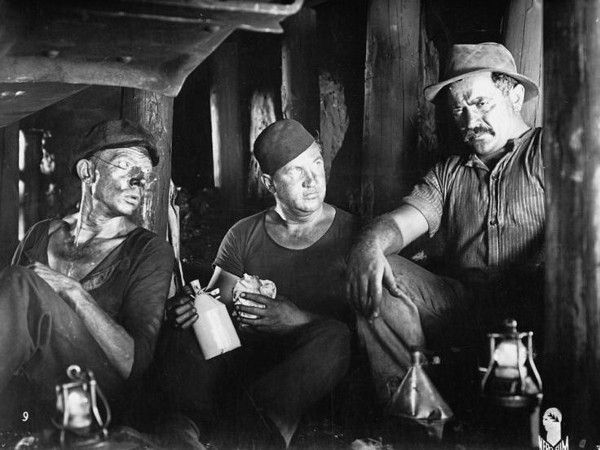
The definitive masterpiece from Director George Wilhelm Pabst’s “Social Realism” body of work, “Kameradschaft” tells the rad tale of a mine split into a German and French section after World War I. Because of the German and French rivalry, only three old German coal miners decide to put their lives on the line, setting out to rescue the French miners. Based on a true story, this mining movie carves a poignant, anti-nationalist tale opposing division and xenophobia, reminding viewers that all men are brothers.
“Kameradschaft,” along with Pabst’s film “Westfront 1918,” reach a level of realism only found in Italian neorealism. A gritty, tragic picture commentating on post World War I European relations of the time, “Kameradschaft” is not only worth watching for the social critique. With expert production design lead by artist Erno Metzner, this film features the best set work of the early 1900s, outclassing Hollywood’s Golden Age film sets by leagues. More intense than any disaster movie released in the 21st century, the mine sets perfectly illustrate the claustrophobia, working conditions, and terror of coal mining in the early 20th century. The film’s aspect ratio and crowded, nerve-wracking atmosphere influenced “The Lighthouse.” Robert Eggers says in an interview with the BFI, “I don’t know how much of a direct influence it is, but our movie and Kameradschaft (1931) by G.W. Pabst are the only films in which the aspect ratio serves the story, because that takes place in a mine. Pabst is shooting vertical smokestacks, and the cramped locations in the mine.”
3. The Lighthouse Keepers (Jean Grémillon, 1929)
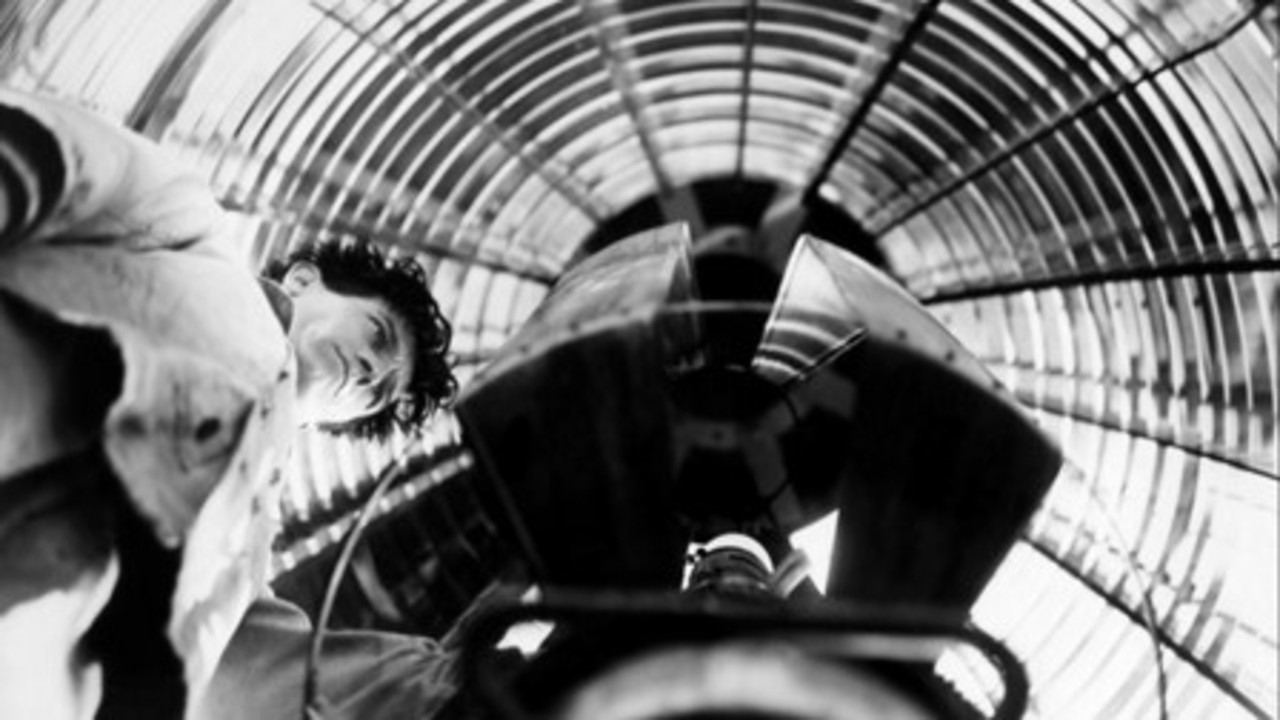
A father and son duo of lighthouse keepers have to stay on an island near the coasts of Brittany for a month. Sick from a rabid dog bite, the son is going mad. Delirious and on death’s door, the lighthouse inhabitants bombard the audience with a series of surreal and hallucinatory flashbacks as the son’s sanity waxes and wanes with the tides.
An underrated masterpiece of silent cinema, French movie maestro Jean Grémillon’s “The Lighthouse Keepers” is in need of rediscovery and reevaluation. Several shots from “The Lighthouse” pay obvious homage to this early atmospheric psychodrama. In an interview with the BFI, Robert Eggers said this about Grémillon’s film: “We give a nod to the image in Grémillon’s The Lighthouse Keepers (1929) of the son who is bitten by the rabid dog, looking at the light. We do it as an overhead zoom shot – the one zoom in the movie. We do pay homage to that.”
4. A Field in England (Ben Wheatley, 2013)
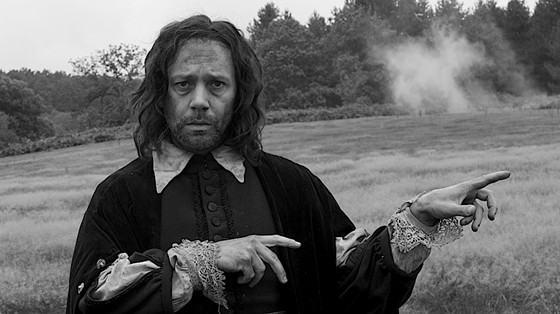
In a 1600s England steeped in Civil War, some deserters escape war by running into a crowded field, where they’re captured by an alchemist. The deserters’ descent into madness and absurdity begins.
Some sophomore movie watchers might think “The Lighthouse” to be the only genre film in recent years to be dressed in black and white, but no, no, no. Director Ben Wheatley’s “A Field in England” is another bizarre film Robert Eggers and his team pilfered from. A black and white period piece set in England’s civil war with a splash of the dark, creepy, and supernatural, “A Field in England” seems like a precursor to Robert Egger’s now A24 distributed cult hits. Every shot is screaming with a juxtaposition of surrealism with odd humor, similar to some of the oddly hilarious moments found in Egger’s latest work.
5. The Treasure of the Sierra Madre (John Huston, 1948)
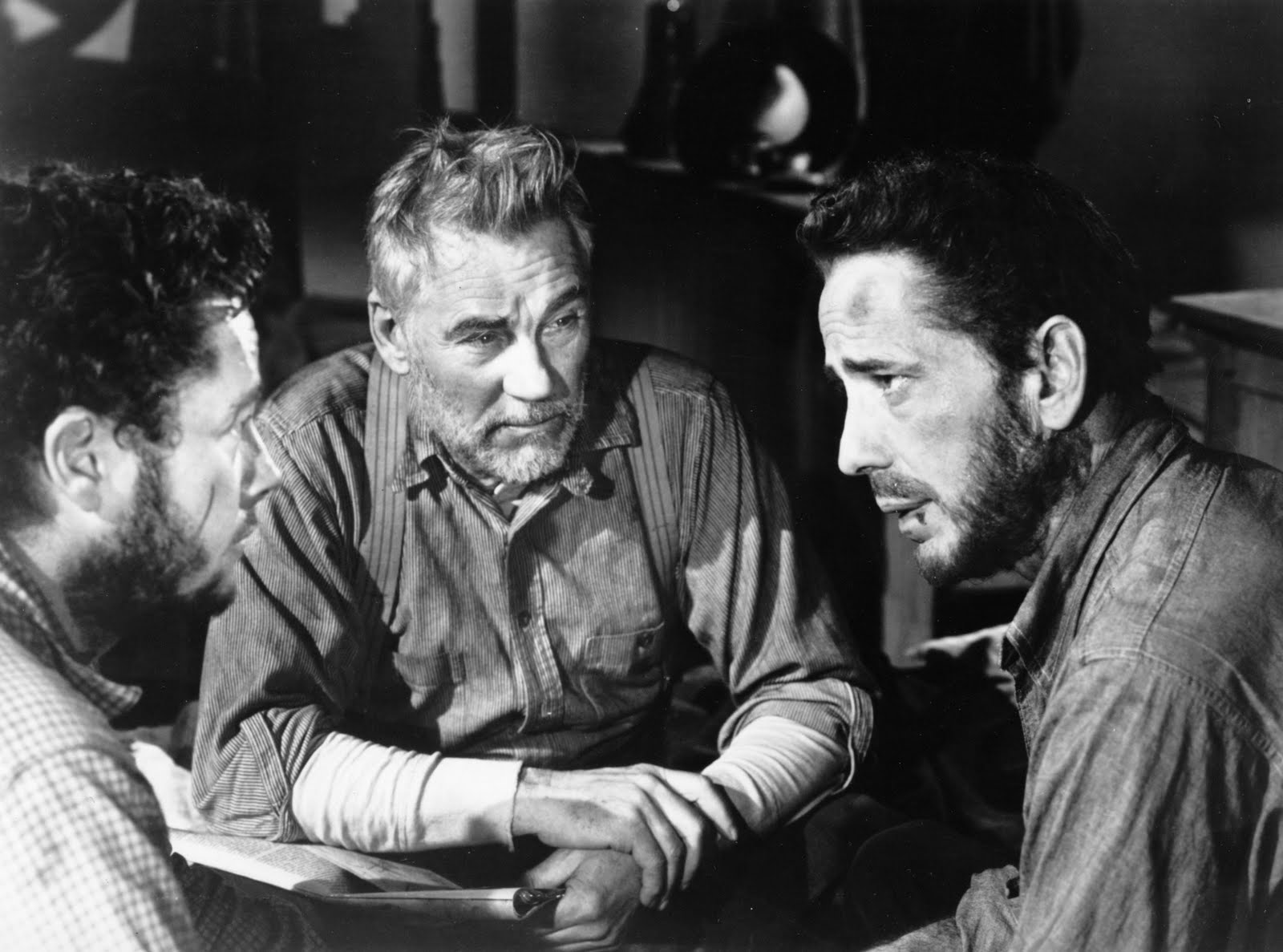
Three tough guys, Fred C. Dobbs (Humphrey Bogart), Bob Curtin (Tim Holt), and a prospector named Howard (Walter Huston) search for treasure in the harshest parts of Mexico. Although they do find fortune, the trio finds themselves very unfortunate as nature, robbers, and greed threaten to devour their precious gold in darkness.
One of the greatest pictures of American cinema’s Golden Age, “The Treasure of Sierra Madre” is an epic gothic western featuring the best performances of Humphrey Bogart and Walter Huston’s career. Here Bogart plays a degraded shadow of the romantic Hollywood hero became known for playing. The seeds of mistrust and desire bloom perfectly because of the dynamics and chemistry of these two actors, most likely inspiring the actions of “Lighthouse’s” protagonists. It’s also Director John Huston’s best work in terms of writing and directing – this picture’s highly quotable dialogue is among cinema’s greatest. “The Treasure of Sierra Madre” isn’t just for those who enjoyed “The Lighthouse,” it’s required viewing for any movie lover.